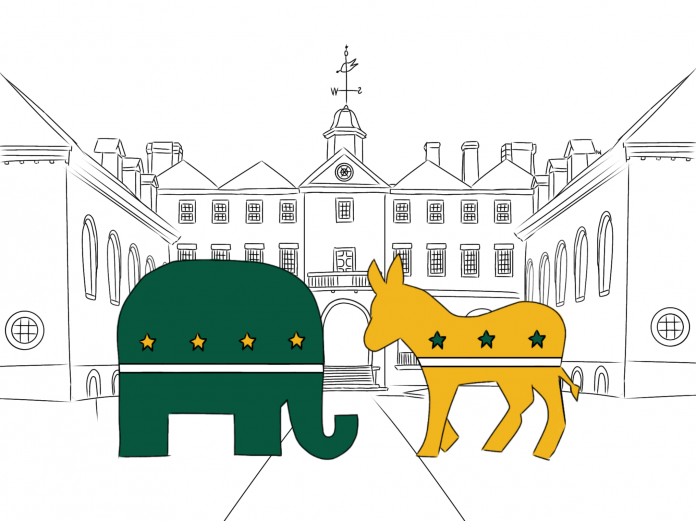In response to President Donald Trump’s announcement that states can open up again per their governor’s discretion after approximately two months of social distancing imposed by COVID-19, many states have started to lift their shelter-in-place guidelines and return to business as usual. The Trump administration’s plan, entitled “Opening up America Again,” establishes a three-phase process to reopen in the wake of the COVID-19 pandemic, along with a core set of guidelines that states must satisfy prior to initiating the phases.
This plan delegates a significant amount of responsibility to governors in deciding when to begin the phase process. As we have seen in the case of Georgia Governor Brian Kemp’s handling of the situation in his state, a few states have chosen to fully reopen, neglecting the phase process despite rises in COVID-19 cases persisting in multiple states. As of May 12, eight states are experiencing increases in new cases, and an additional 27 are seeing consistent plateaus in new cases. The plan came after the administration’s previous clashes with governors over how to address the spread of COVID-19, though the administration ultimately devolved the issue to the state level.
Backing away from his initial stay-at-home order that was effective until June 10, Virginia Governor Ralph Northam has announced plans for some regions of the state to be opened before this date by May 15 if they meet certain eligibility requirements, including reductions in new cases and hospitalizations. However, some Virginia counties and local jurisdictions appear unlikely to open businesses before June, and Northam confirmed May 11 that Northern Virginia will likely be excluded from initial reopening attempts due to prolonged case growth in the metropolitan area.
The novel virus continues to have implications for Williamsburg’s local politics. Caleb Rogers ’20 is currently campaigning for a position on the Williamsburg City Council. The election, which was originally scheduled for May 5, has been moved to May 19 with additional measures put in place to allow for safe voting with social distancing mechanisms.
Originally scheduled for May 5, the election was moved to address the concerns of in-person voting during Virginia’s peak outbreak of the virus that could prevent many eligible voters from making it to the polls. Along with the options for in-person voting on election day and voting by absentee ballot, the Office of Elections has created the option of in-person voting with curbside assistance prior to election day between Monday and Friday during the office’s regular business hours.
Rogers said that COVID-19 has had implications for his campaign, especially as Virginia and Williamsburg enter long reopening processes.
“We have significantly changed our campaign to reach voters as personally as possible,” Rogers said in a written statement. “This has included text banking, Facebook live streams, more mailers, and plenty of phone calls. Since we can’t be at people’s doorstep, accessibility is all the more important and we are starting a conversation with as many people as we can.”

